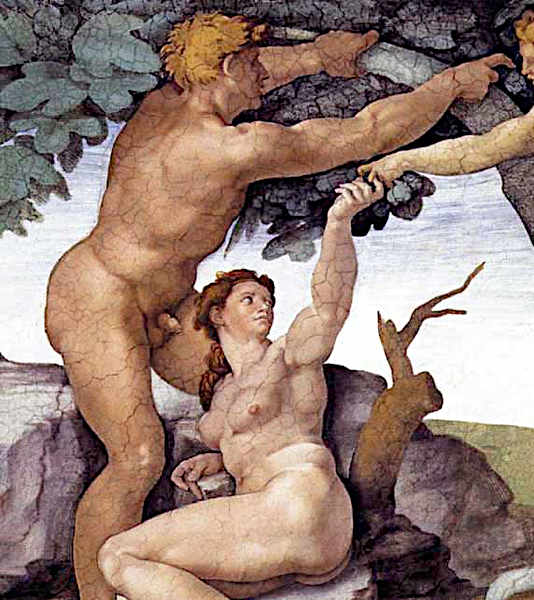Undergraduate Seminar: Heroes, Heroines, and Sinners of the Bible in Art

It goes without saying that the Bible exerted a tremendous impact upon European culture and history from 1200-1920, but how were its subjects interpreted by artists, both masculine and feminine, and how do these images relate to issues of gender, politics, and religion? Without doubt, the people of the Bible were fascinating, multi-faceted figures, bigger than life. This course studies the heroes, heroines, and sinners of the Bible, with a focus upon issues of gender and power, as we examine women of the Bible, and their relationships with patriarchs, warriors, and kings, in the context, also of ideals of masculinity.
We will investigate such biblical figures as Adam, Abraham, Jacob, Joseph, Samson, Moses, David, and Solomon, as well as famous women of the Bible like Eve, Sarah, Hagar, Rebeccah, Delilah, Bathsheba, Esther, Susanna (Apocrypha), and Judith (Apocrypha). Their stories and images will be analyzed in relation to the art, history, and religion of Italy, Spain, France, Germany, and the Netherlands in the Early Modern and Modern periods. We will consult various Bibles and commentaries in relation to masterpieces of sculpture, painting and prints, as well as objects of material culture, both Christian and Jewish. A field trip to Special Collections at the Harlan Hatcher Library will allow us to see early modern, illustrated Bibles, and such Jewish illustrated texts as marriage contracts and Passover readers. We will also go the UMMA to study various works of art with biblical themes. The course will ultimately demonstrate that works of art are themselves a record of culture, offering insight on religion, history, and gender studies.
Estimated cost of materials: less than $50.
HISTART Concentration Distributions: 3. Early Modern, D. Europe and the US.
No Required textbooks: readings on Canvas
Course requirements: readings, student presentations, class discussion, in-class exams and a take-home written assignment
Class format: seminar with interactive lectures and class discussion.
Intended audience: open to all students, no prerequisite in History of Art